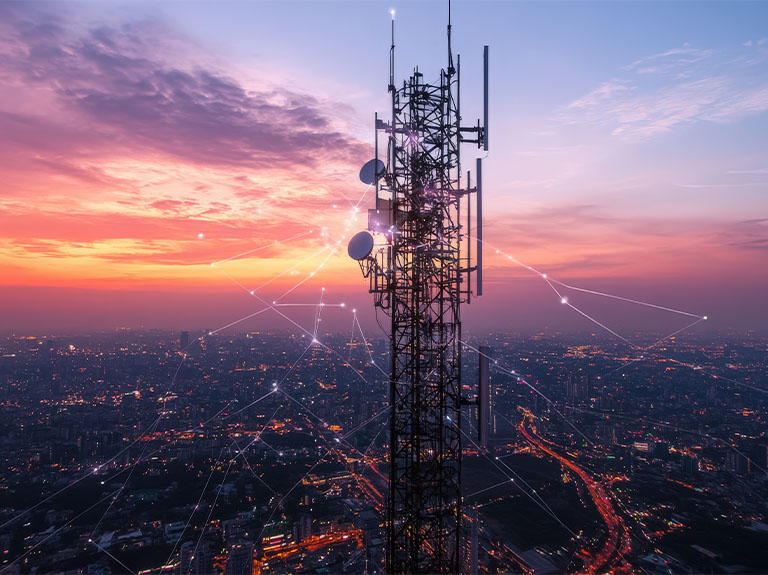What Advanced Connectivity Means for the Future of Robots
It’s famous for its dance videos, but there’s another reason this YouTube star is getting attention. Boston Dynamics’ Spot® robot now works with AT&T 5G.
Spot is to mobile robots what the smartphone is to communication – revolutionary. This agile mobile robot navigates various terrains to automate routine inspection tasks and capture data safely and accurately. Whether it’s inspecting manufacturing equipment, gathering data on tunnel construction, or aiding first responders with search and rescue missions, Spot is top dog for the job.
With 5G, Spot will be able to do even more tasks.
“The high reliability and low latency provided by 5G connectivity ensures consistent access to Spot while it conducts its missions, allowing customers to take advantage of 5G’s high bandwidth for fast transfer of Spot’s sensor data,” said Bob Ochiai, product manager with Boston Dynamics.
Mobile robots are transforming businesses across multiple industries. Autonomous mobile robots help with labor-intensive tasks in manufacturing plants such as picking and sorting inventory, loading and unloading trailers, and transporting materials. Healthcare providers use autonomous mobile robots for delivery of medication and medical supplies, as well as disinfection. Mobile robots are even serving and delivering food in some cities.
These machines are smarter than ever, but 5G will take them to a whole new level. It won’t just make mobile robots better at what they do today; 5G will unlock other possibilities.

- 5G will untether mobile robots. The point of mobile robots is just that: to be mobile. With 5G, robots can be free to roam wide distances without the need for wired links. Take a large factory for example, where there may be dozens of Wi-Fi access points that cover the space. The handoff as the mobile robot moves from one access point to another isn’t always seamless and can impact critical communications. 5G provides stable roaming between these access points, resulting in more instantaneous communication and a seamless, faster system.
- 5G will enable mobile robots to exchange large amounts of data. 5G’s high bandwidth and low latency allows for near-instantaneous exchange of more data. Latency – the time it takes for data to travel from one designated point to another – plays a crucial role in many robotics applications. If it takes too long for an input to be received and processed before a robot’s movement is executed, then the robot’s functionality is limited.
- 5G can connect more mobile robots. 5G offers massive connectivity. It can support more devices, machines and systems in a specific geographic space. Imagine thousands of mobile robots connected in a massive industrial facility.
- 5G will super-charge cloud robotics. In order for mobile robots to adapt to their environment and to changing circumstances, they need a lot of sensors. These sensors require a good chunk of network bandwidth. With 5G, this sensory input can be transferred to the cloud, where computing capacity is virtually limitless. This eliminates the need for local servers, which also reduces costs. The exchange of information between the cloud, the robots and their attached systems is only possible with high speed, low latency, and constant and reliable connectivity.
- 5G will enhance advanced AI and machine learning capabilities. A mobile robot connected to the cloud via 5G could use technologies like machine learning, memory and computer vision to find its own way of navigating environments and performing tasks without the need for advanced programming.
- 5G will pave the way for mass automation. 5G will play a key role in creating the factory of the future, one where mobile robots need minimal human intervention. In combination with almost unlimited processing and data storage available in the cloud, 5G will allow robots to exchange large amounts of information between themselves and the factory workforce. As robots become more mobile and able to interact with people, businesses should see increases in production, product quality and operator safety.
Mobile robots will continue to be a significant and increasing part of our future. In fact, the global mobile robots market is expected to grow to $30.96 billion by 2026. 5G with its many advantages will help drive that growth.
Because when it comes to connectivity, 5G is Spot on.


